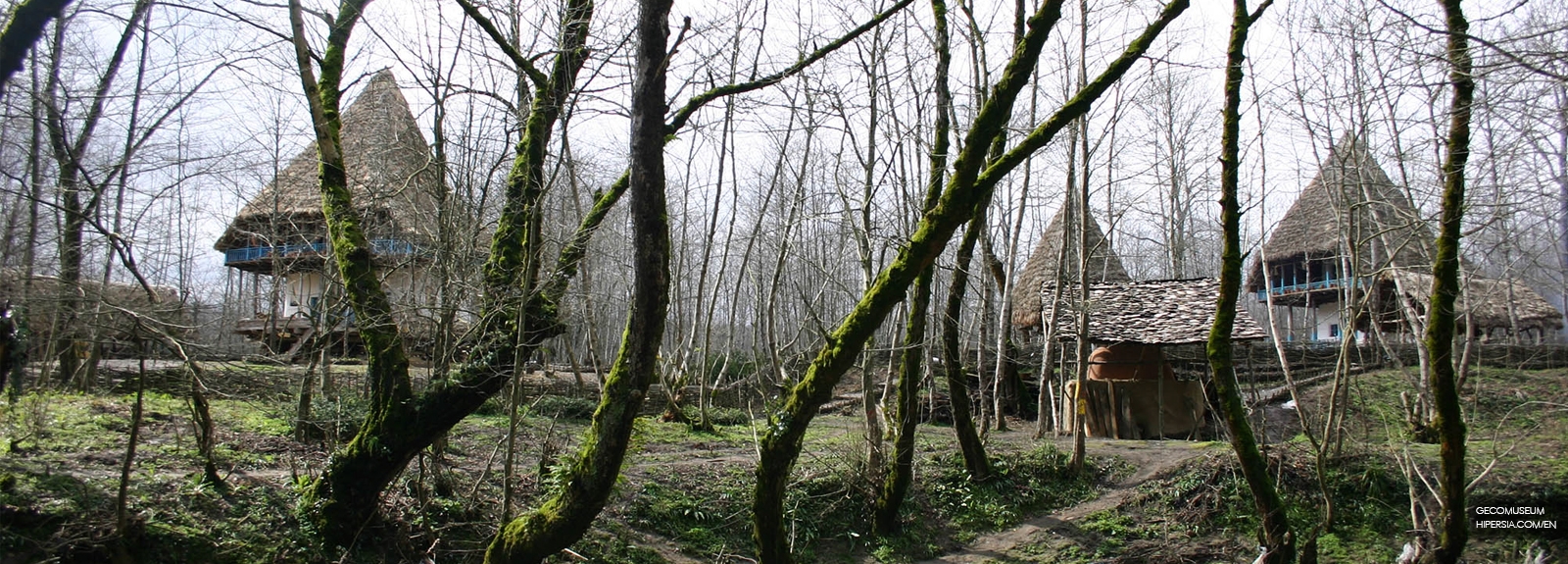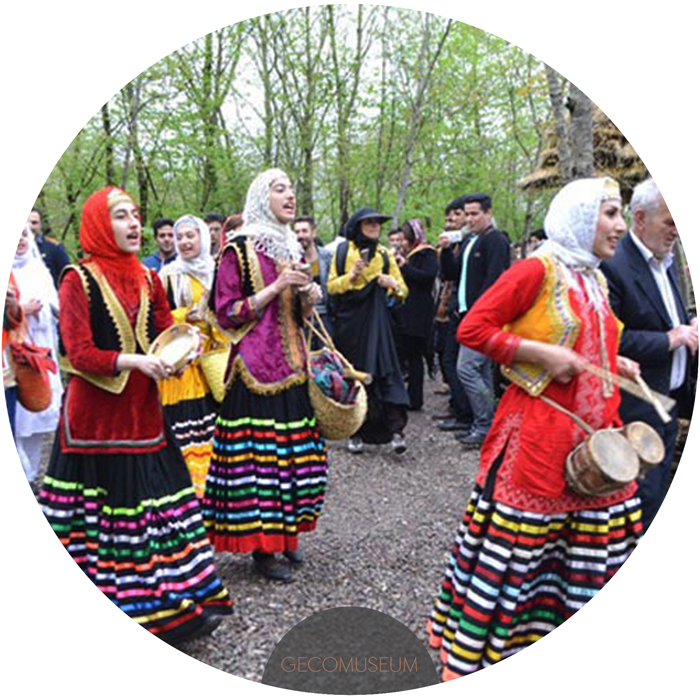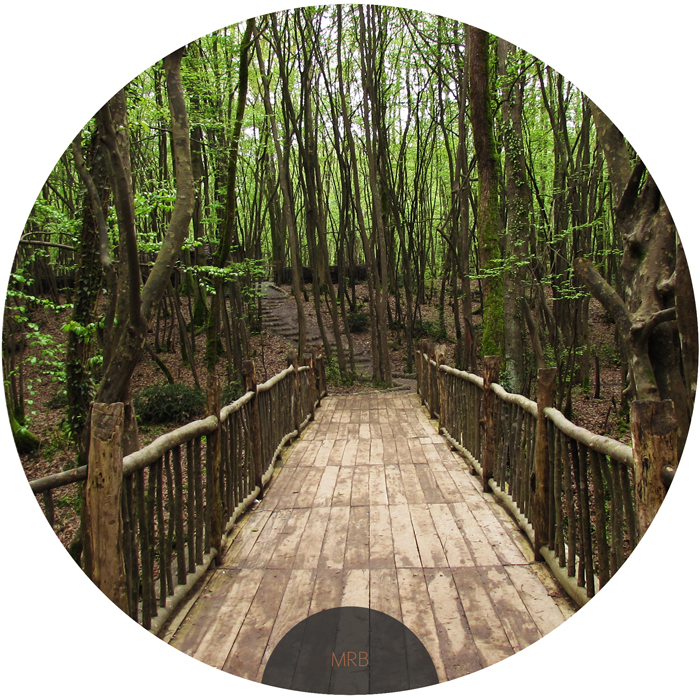



Culture is the most important to choose a destination for travelers who want to know more about local people and architectural features of an area.
Many travel enthusiasts are willing to dive into the culture of the host community, learn new things, and recognize more and more people and their thoughts. The rules of dressing up, language, performing various ceremonies like weddings, births, mourning... and even housing construction and architectural design, are all an integral part of the culture of peoples. Gilan Province is one of the destinations that looks attractive for those who want to seek the traditional culture of an area. The customs and lifestyle of these people have many interesting points, especially in the past.
Perhaps, preserving the cultural heritage of this area, was one of the main concerns that led to establishing the Gilan rural heritage museum.


One of the many different museums that can be found in Iran is the Gilan Rural Heritage Museum, located in the Saravan forest park in Rasht. This museum is an open-air museum that established in an area of 260 acres. This museum is important in two aspects:
At the Gilan Rural Heritage Museum, you will enter a big village. A village within a beautiful nature, each home, having different colors. You can see many traditional cottages and visit different villages in this museum. In this museum, you will experience another world in brief. You will get acquainted with traditional clothing, Gilani people’s stuff and see the stages of traditional cooking.
The Gilan Rural Heritage Museum is a living museum. Fill your time with the following activities:
It requires hours of walking to visit the whole museum site. Here you can see the cottages that have moved from their original place to the museum site and have been reassembled in the same traditional way. The age of these cottages is from 65 to 180 years old, and they have tried to expose the rural lifestyle, architectural features, and crafts of the Gilani people.
The Gilan Rural Heritage Museum has 9 architectural areas or villages, including 25 cottages from 7 villages in Gilan. These areas are depicted in several sections, each of which represents one of the cultural and architectural areas of Gilan, based on environmental factors (topography, climate, etc.), the type of farming activity, culture (religion, dialect, language, and...) and the type of native rural architecture.
The architectural areas or villages of this museum are as follows:
Each of the above-mentioned areas, expose the specific cultural elements and customs of those areas. Visitors can get more out of Gilan and its traditions from guide boards.
Each of the architectural areas has become a village and has its own atmosphere. In order to get the best experience of the rural lifestyle, some places like a mosque, traditional charcoal burning, rice warehouse, vegetable garden, school, Traditional cafes and forging workshop were built in this museum. A moorland, which was located in the central part of the museum site, became a rice field to plant and harvest rice all year round in a traditional way. Furthermore, livestock and poultry are kept in this museum to show the rural atmosphere of Gilan.

The most famous delicious food you can get in this museum is fresh bread that is baked in front of your eyes. Here, Ash (Iranian traditional food) and some other tasty local foods, such as Baghala ghatogh, Kabab torsh (sour), Torshe tareh, etc., are also cooked and prepared.
The Gilan Rural Heritage Museum is also active in preserving the cultural heritage of this area. Many local festivals and ceremonies are showcased in this museum, including festivals of Nowruz and Summer, the Persian Tea Festival, the Concert of Music and Native Singing, the Traditional Night of the Yalda, etc. These festivals and ceremonies are usually held at the venue of the Native Theater and the Hall of Meetings in the Eastern plain. You can also buy local handicrafts and cloths from markets.

At the Gilan Rural Heritage Museum, the following facilities are available for tourists:
The best time to visit the Gilan Rural Heritage Museum is from Spring until early Fall.

Access to this museum is very convenient. Just take the road of Qazvin-Rasht and then enter the Saravan-Fuman road. The museum sign will show you the way.
Address: Saravan-Shaft road, before reaching the police station, the 18th kilometer of Rasht-Qazvin freeway, Gilan, Iran
Visit time: Every day from 09:00 to 16:30
Visit fee: 30,000 IRR for Iranian nationals and 200,000 IRR for foreign travelers.






“Oh! Squander not this breath that Heaven hath lent thee, Nor make too sure another breath to borrow!’” Khayam